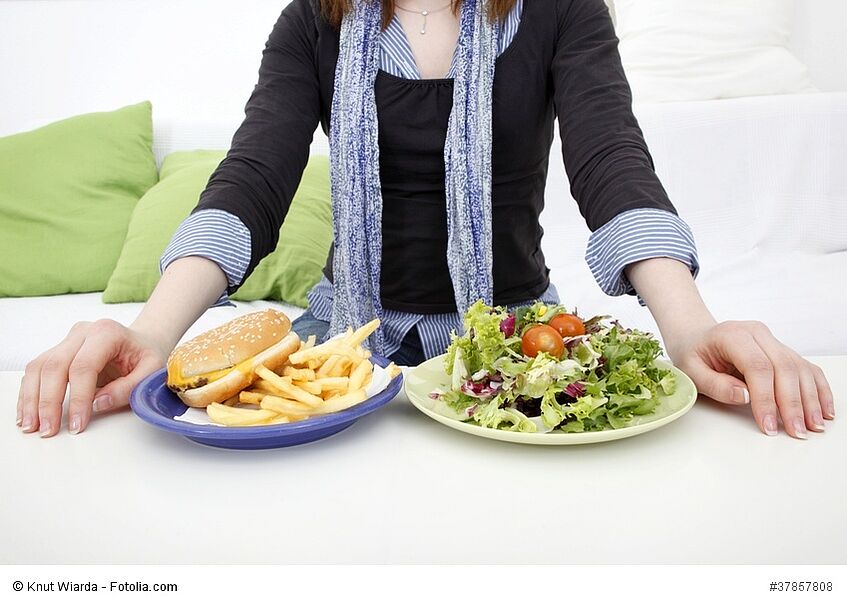Why we often think healthy food doesn't taste good: On the origins of illusions and unfavorable beliefs about food

Why we often think healthy food doesn't taste good: On the origins of illusions and unfavorable beliefs about food
There is a widespread belief that unhealthy food tastes better than healthy food, which can lead to people often choosing the unhealthy food options. As a result, this "unhealthy=tasty" belief contributes to unhealthy diets and likely plays a role in the development of diseases in many countries. However, the persistence of the "unhealthy=tasty" belief is surprising, given the availability of many healthy yet tasty food alternatives and food industry's increasing focus on moving towards healthier food alternatives. Previous research on dietary beliefs has mainly focused on the influence of unhealthy food communication and parental behavior. We argue that the strong dominance of unhealthy but tasty foods can also lead to dietary illusions that are inconsistent with one's own taste experiences and are artificially maintained by a reward-rich dietary context. In a series of experimental and field studies we investigate the formation and maintenance of dietary illusions.
One project in this area is:
Read more about our findings in this research area:
Florack, A., Haasova, S., Hirschauer, S., & Serfas, B. (2018). Playing with food: The effects of food pre-exposure on consumption in young children. Physiology and Behavior, 195, 76–81. https://doi.org/10.1016/j.physbeh.2018.07.022
Florack, A., Koch, T., Haasova, S., Kunz, S., & Alves, H. (2021). The differentiation principle: Why consumers often neglect positive attributes of novel food products. Journal of Consumer Psychology, 31(4), 684–705. https://doi.org/10.1002/jcpy.1222
Haasova, S., & Florack, A. (2019). Practicing the (un)healthy = tasty intuition: Toward an ecological view of the relationship between health and taste in consumer judgments. Food Quality and Preference, 75, 39–53. https://doi.org/10.1016/j.foodqual.2019.02.011
Haasova, S., & Florack, A. (2019). Sugar labeling: How numerical information of sugar content influences healthiness and tastiness expectations. PLoS One, 14(11), Article e0223510. https://doi.org/10.1371/journal.pone.0223510
Kunz, S., Florack, A., Campuzano, I., & Alves, H. (2021). The sustainability liability revisited: Positive versus negative differentiation of novel products by sustainability attributes. Appetite, 167, Article 105637. https://doi.org/10.1016/j.appet.2021.105637
Kunz, S., Haasova, S., & Florack, A. (2020). Fifty shades of food: The influence of package color saturation on health and taste in consumer judgments. Psychology and Marketing, 37(7), 900–912. https://doi.org/10.1002/mar.21317
Kunz, S., Haasova, S., Rieß, J., & Florack, A. (2020). Beyond healthiness: The impact of traffic light labels on taste expectations and purchase intentions. Foods, 9(2), Article 134. https://doi.org/10.3390/foods9020134
Kunz, S., Haasova, S., Pivecka, N., Schmidt, J., & Florack, A. (2023). Food is all around: How contexts create misbeliefs about the health-taste relationship. Psychological Science. https://doi.org/10.1177/09567976231158288
Kunz, S., Pivecka, N., Dietachmayr, C., & Florack, A. (2024). Seeing is misbelieving: Consumers wrongly belief that unhealthy food tastes better when there is more of it. Appetite.
Pivecka, N., Kunz, S., & Florack, A. (2023). Social class differences in dietary intake are mediated by the relationship between health and taste: Findings from a cross-sectional and longitudinal study. Food Quality and Preferences, 109. https://doi.org/10.1016/j.foodqual.2023.104914
Pivecka, N., Kunz, S., & Florack, A. (2024). From menus to misbeliefs: Absolute frequencies of healthy and tasty dishes predict the unhealthy = tasty belief in restaurants. Acta Psychologica, 250, 104509. doi.org/10.1016/j.actpsy.2024.104509
Steiner, K., & Florack, A. (2023). The influence of packaging color on consumer perceptions of healthfulness: A systematic review and theoretical framework. Foods, 12(21). https://doi.org/10.3390/foods12213911
